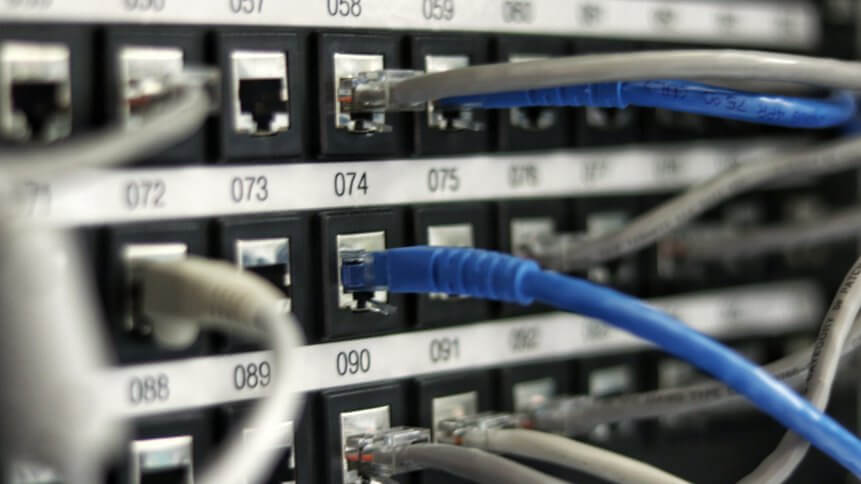Businesses are struggling with data disruption

As the amount of data used “explodes” in the UK, and increasingly becomes monetized, the ability of companies to both protect it and recover it from disruption is having to play catch up.
Organizations managed 9.70PB of data on average in the last 12 months, according to Dell EMC’s Global Data Protection Index report— based on a survey of 2,200 IT decision makers across 18 countries.
At the same time, however, more than two-thirds of organizations have experienced some type of disruption in protecting and monetizing their data.
One fifth (20 percent) weren’t able to recover data using existing protection, and for 27 percent, data loss was irreparable— double the figure of 2016.
While three-quarters of companies claimed to be using at least two data protection vendors, this ironically increases their chances of disruptions from unplanned system downtime (43 percent), ransomware attacks that prevent access to data (32 percent) and data loss (29 percent).
With 36 percent of businesses already monetizing data, the financial cost of those disruptions can be massive. Dell EMC estimated that of those who experienced downtime in the last 12 months, outages averaged 12 hours, costing US$526,845.
Those who lost data, meanwhile, lost 2.13 terabytes on average, with a price tag of nearly US$1 million.
Not only does the amount of data lost increase the price, but so does the value of data itself. Organizations recognize this, with 8 in 10 taking data protection more seriously for categories of data that have the greatest monetary value.
Overall, the report found a 50 percent jump in data protection “adopters” since 2016, as the importance of safeguarding it becomes front of mind. But the vast majority of businesses are still hampered by the difficulty of implementing a solution that fits their needs.
One of the top challenges is the complexity of configuring and operating data protection hardware/software and ballooning costs of storing and managing backup copies due to rapid data growth.
Other issues included a lack of data protection solutions for data attached to emerging technologies, such as artificial intelligence and machine learning, and cloud-native applications. Unsurprisingly, ensuring compliance with regulations such as GDPR remains another speed bump.
“Emerging technologies such as AI and IoT are frequently the focus of an organization’s digital transformation, but the data those technologies generate is absolutely key in their transformation journey,” said Beth Phalen, president and general manager, Dell EMC Data Protection Division.
The report revealed that cloud is playing an increasing role in data protection, with use of public cloud increasing from 28 percent in 2016 to 40 percent in 2018. Nearly all organizations are leveraging cloud as part of their data protection infrastructure.
Backup/snapshot services to protect workloads developed in public cloud using new application architectures, as well as backup of on-premise workloads/data were cited as top uses.
“The nearly 50 percent growth of data protection adopters and fact that the majority of business now recognize the value of data proves that we are on a positive path to protecting and harnessing the data that drives human progress.”










